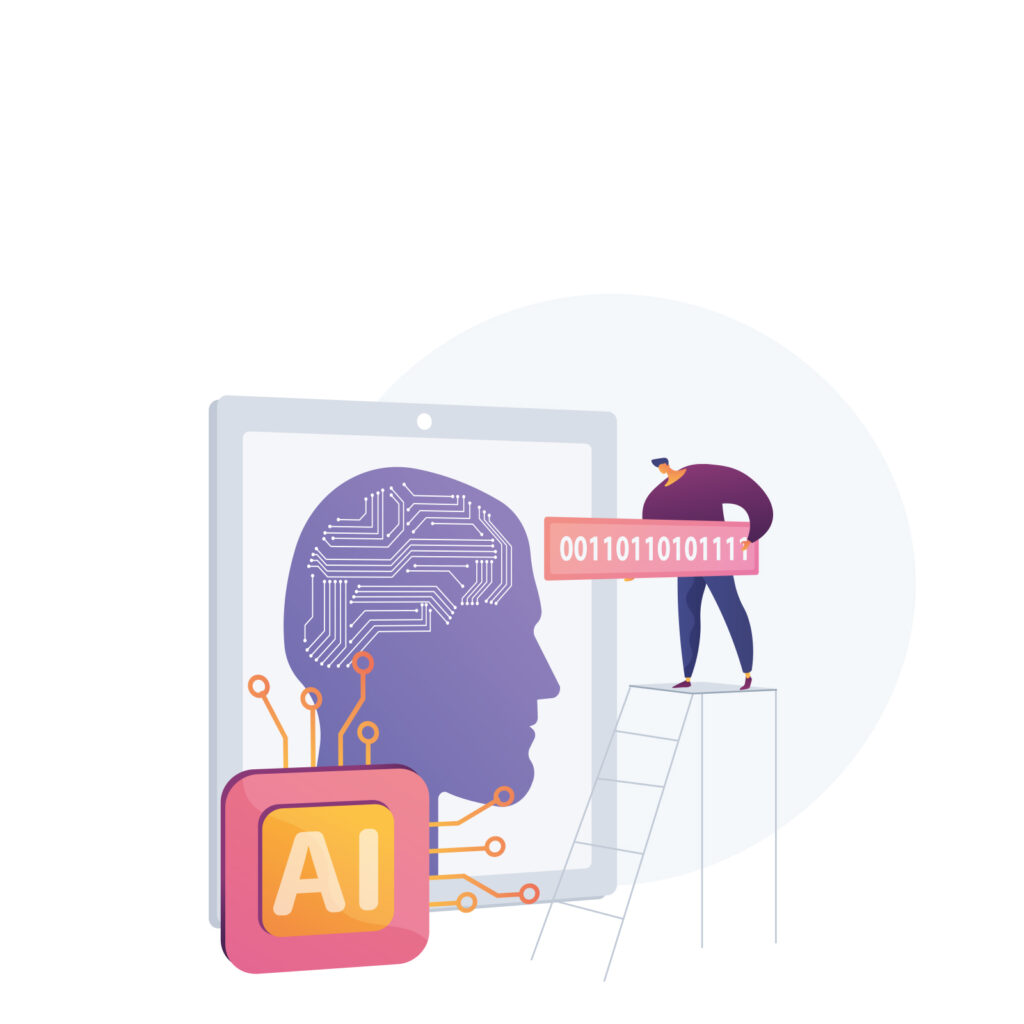The emergence of generative artificial intelligence (GAI) in this modern age is a complete game changer in the world of content creation. All these major developments are not only revolutionizing traditional publishing processes but also helping to reshape how content is produced, read, and customized for readers.
GAI refers to the use of algorithms and machine learning to autonomously produce original work. It is very different from traditional methods of content creation that were dependent on human effort and manual systems. GAI allows machines to create content by recognizing patterns in data—thereby freeing authors from the shackles of writer’s block. This revolutionary technology, based on leveraging machine learning algorithms, heralds an age where autonomous generation supplants conventional processes in publishing and metamorphoses the production dynamics of content into innovative products for consumption.
The potential of GAI to accelerate current content creation processes is one of its most important effects on publication. When it comes to writing articles, coming up with catchy headlines, or creating multimedia content, AI tools help publishers do more work in less time. This means publishers can produce a greater quantity of quality content much faster, which also brings down the cost of production. With fewer people needed on these tasks, the rest of the staff can focus on other important projects that require human input, such as connecting with the audience or developing content strategies.
Additionally, GAI enables publishers to provide tailored content recommendations and experiences for each user, revolutionizing the personalized reading experience. After examining each user’s information, including all browsing history, preferences, and demographics, AI algorithms can predict and recommend content that is relevant and engaging for readers. GAI drives innovation even as we look for content formats and storytelling techniques. From interactive narratives to personalized news feeds, AI is pushing the boundaries of creativity and experimentation in publishing. This not only captures the reader’s attention but also opens up new opportunities for storytelling and audience engagement.
According to recent research of the top 100 publishers, 24 percent offered advice on how to use GAI, and 63 percent of those publishers were in the top 25. Among highly ranked journals, 87 percent offered guidance. Only one journal specifically forbade the use of GAI in manuscript production, although 96 percent of publishers and 98 percent of journals disallowed it as an author. Variability was observed in disclosure criteria and locations, and conflicts arose in GAI guidelines between journals and publishers in 12 instances, but as the publishing industry continues to depend on GAI technologies, the possibilities for content creation become endless.
So, there is no doubt that GAI is revolutionizing the publishing industry by changing traditional content creation processes and enabling a personalized reader experience. By using this technology, publishers can easily optimize production workflows, provide tailored content recommendations, and explore innovative storytelling formats, all of which ultimately will redefine the future of publishing.
Explore Nvcleus, a multichannel, end-to-end technology platform to simplify the publishing process for efficient, effective outcomes that delight authors, publishers, and readers.
Source:


